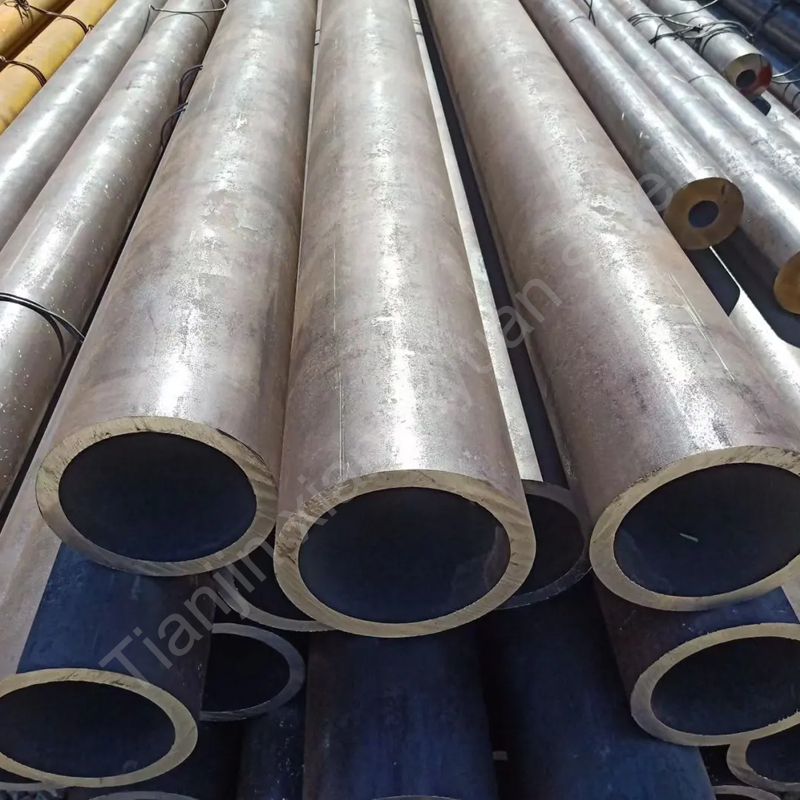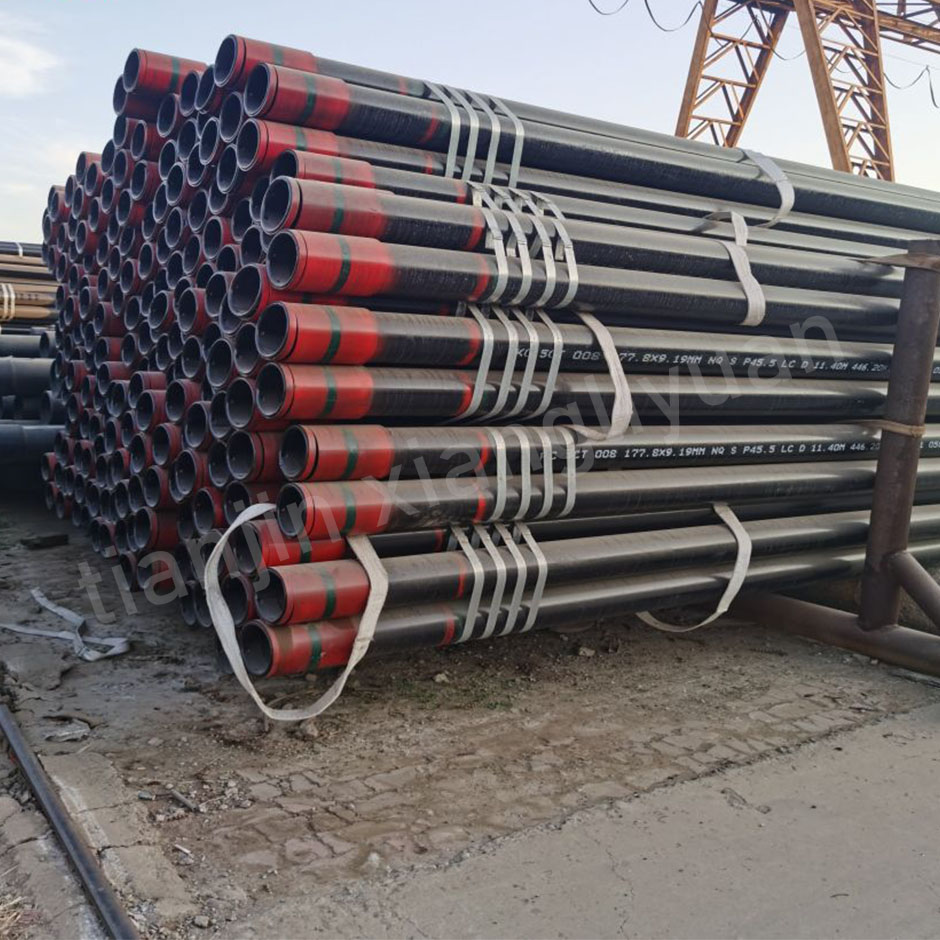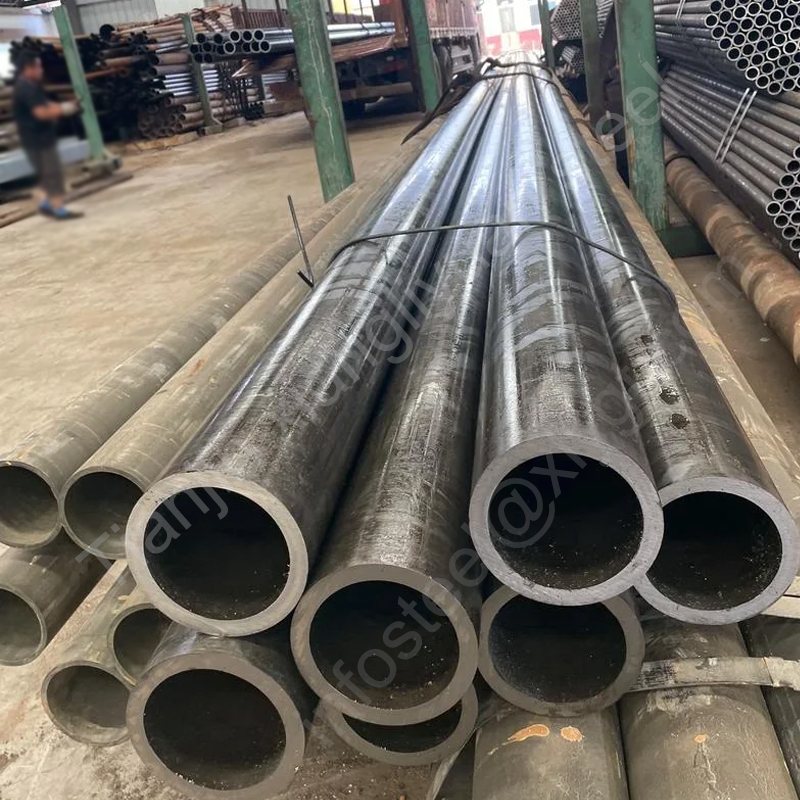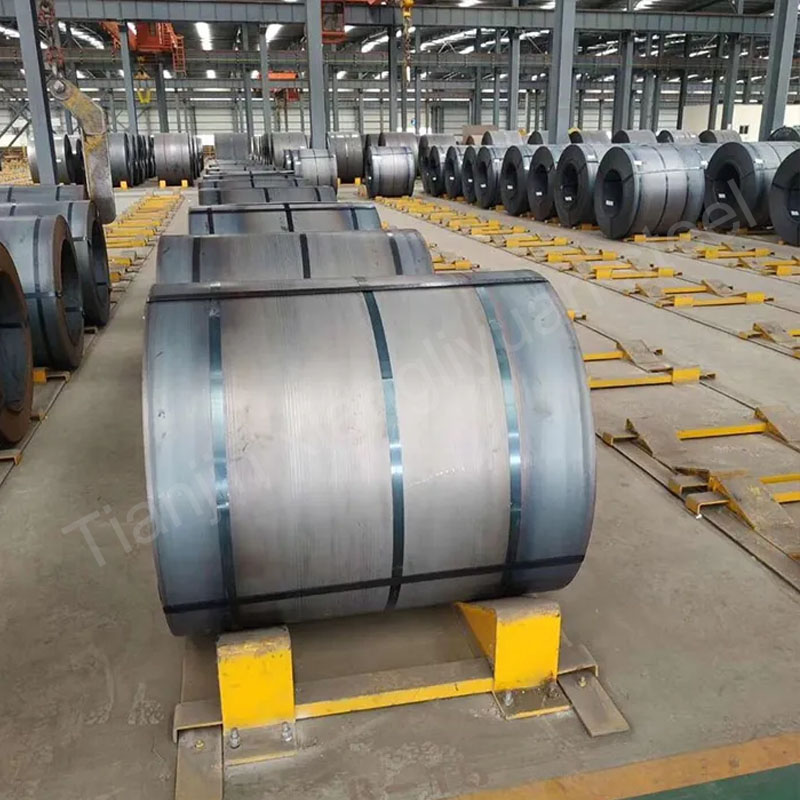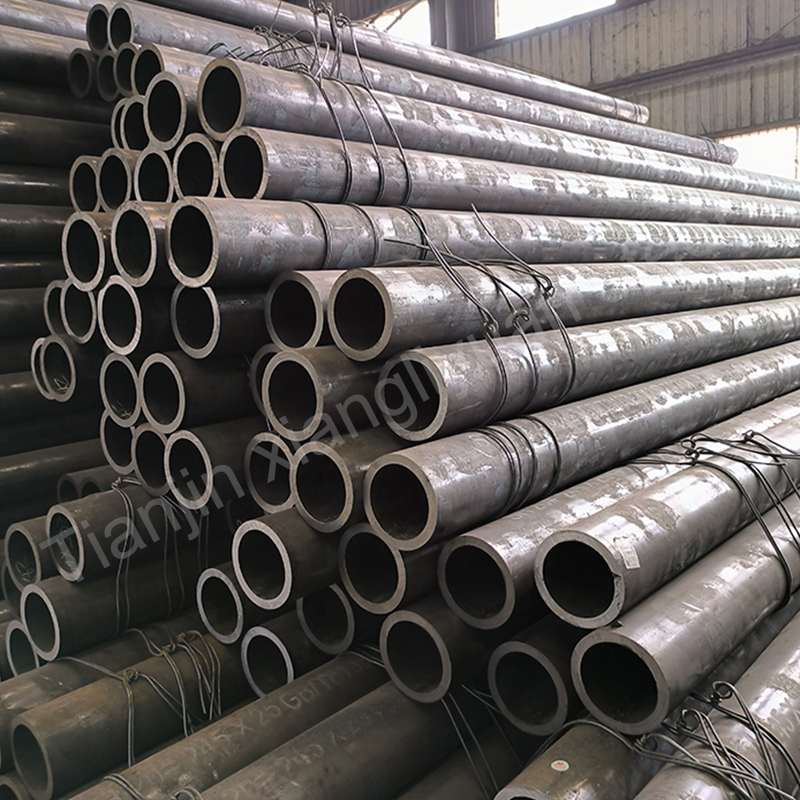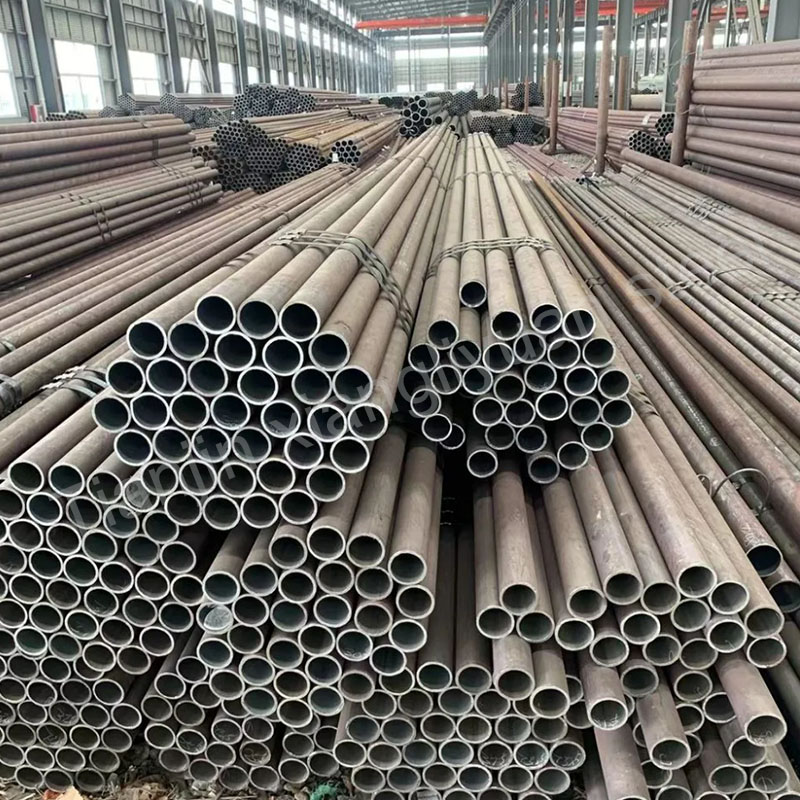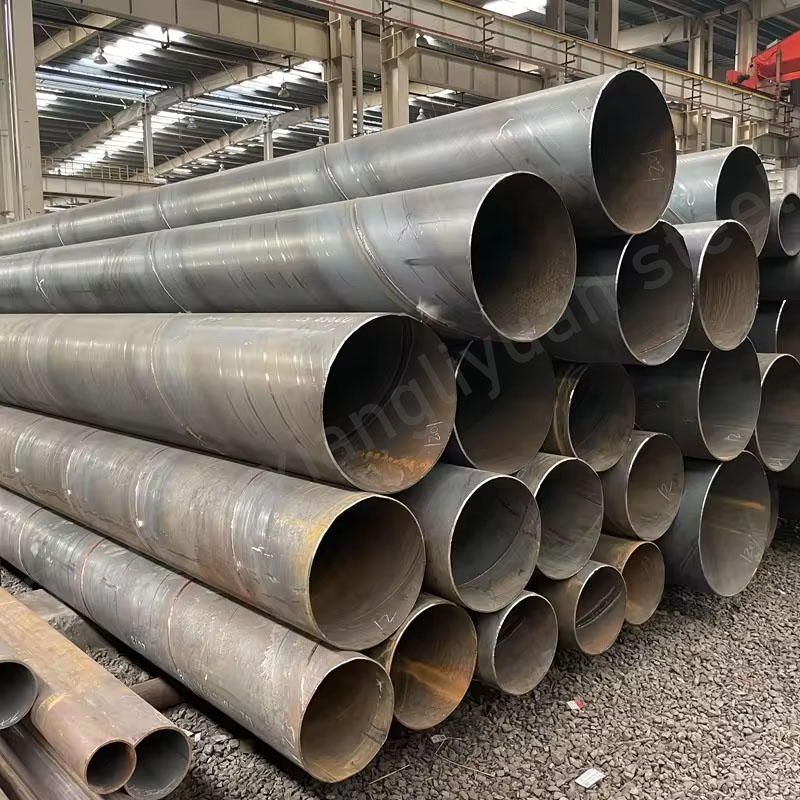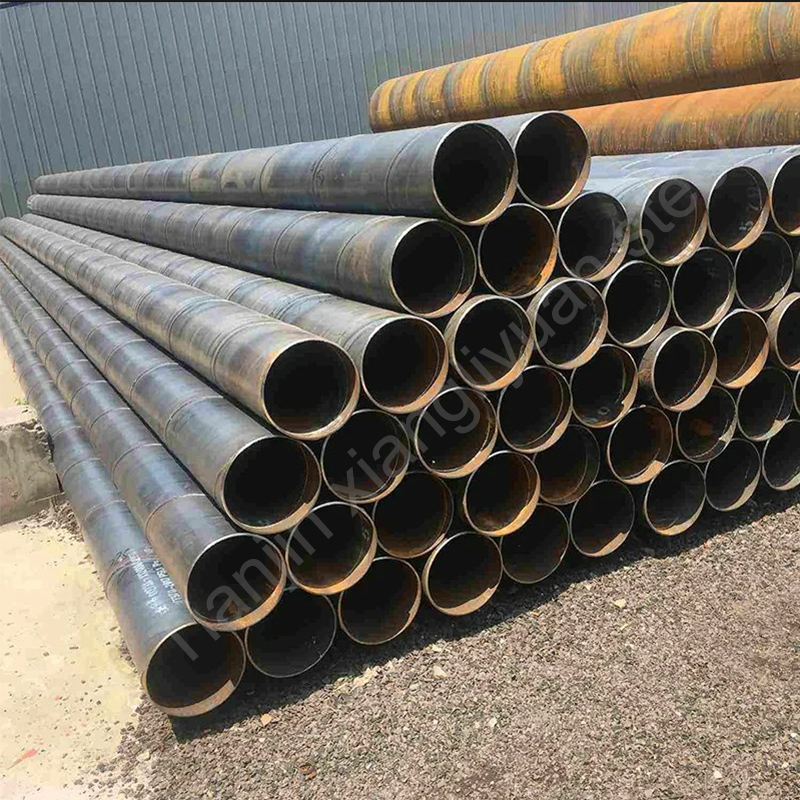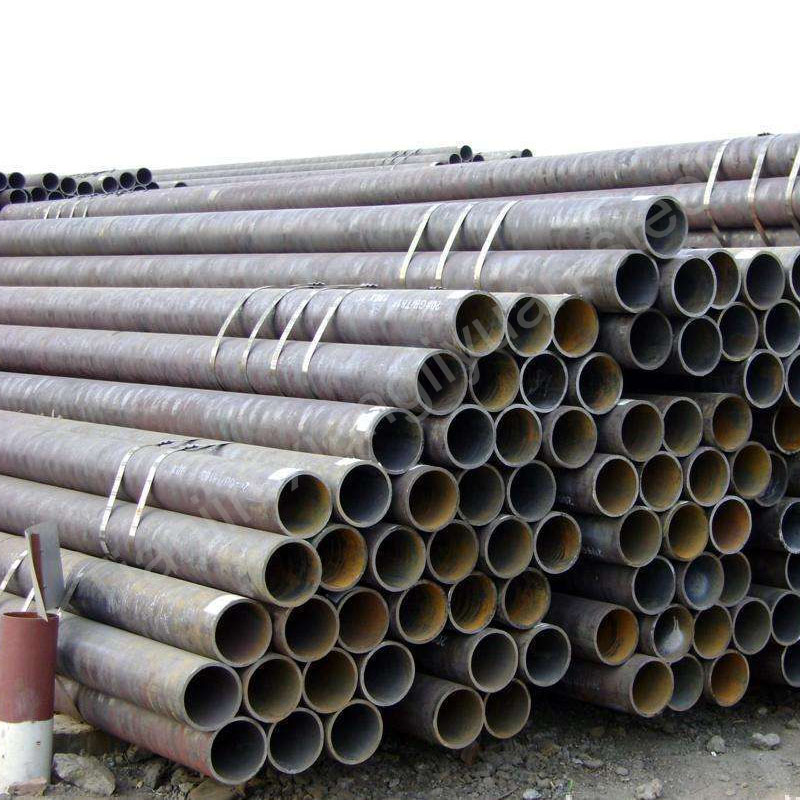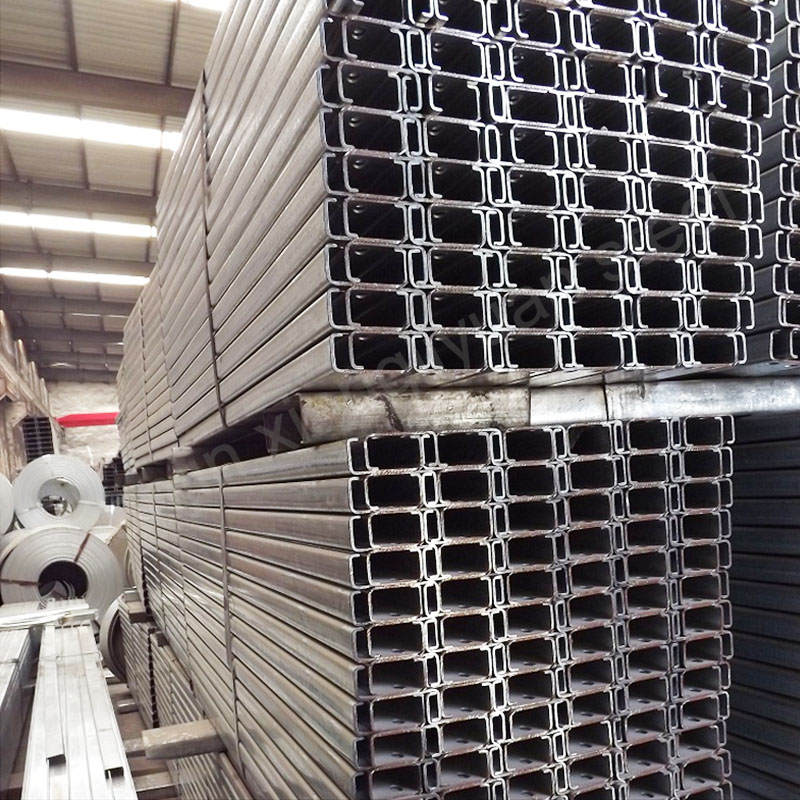Introduction to Petroleum Cracking Pipes Petroleum cracking pipes, also known as oil cracking pipes, are specialized steel tubes designed for use in high-temperature and high-pressure environments within refineries, petrochemical plants, and chemical processing facilities. These pipes are critical components in processes like fluid catalytic cracking
The global energy sector relies heavily on oil pipelines and gas pipelines to transport hydrocarbons safely and efficiently. At the heart of these systems lie seamless pipes and welded pipes, engineered to meet rigorous industry standards. This article explores the technical aspects of pipeline pipes,
Seamless steel pipe: full analysis of materials, standards, specifications and industry applications
Seamless steel pipe (Seamless Steel Pipe) is an indispensable basic material in modern industry. With its excellent mechanical properties, high temperature and high pressure resistance and diversified specifications, it is widely used in petrochemical, machinery manufacturing, electric power, aerospace and other fields. This article will
Carbon Steel Coil is a common steel product. Its quality and performance need to meet the standards of various countries and regions. These standards have detailed provisions in terms of chemical composition, mechanical properties, processing characteristics, etc. The following is an overview of the standards
Seamless steel pipes have a variety of sizes and specifications. In order to meet the needs of different uses, there are usually multiple standard ranges in terms of outer diameter, wall thickness and length. 1. Common outer diameter range Small diameter seamless steel pipe: outer
Seamless steel pipe is a kind of steel pipe without welds. It is widely used in many fields due to its excellent mechanical properties and pressure resistance. The following is a detailed introduction to the seamless steel pipe standards of major countries and regions: 1.
The standards for welded steel pipes cover the respective specifications of different regions and countries to ensure the quality, safety and performance of the products. These standards are applied in major markets such as China, the United States, Europe and Japan. The following are common
The following lists the various materials commonly used for welded steel pipes, covering common international standards: 1. Carbon steel materials 1. Ordinary carbon structural steel: - Q195, Q215, Q235, Q255, Q275 (Chinese standard) - SS330, SS400, SS490, SS540 (Japanese standard JIS G3101) - ASTM A53
Seamless steel pipes can be divided into the following categories according to different manufacturing processes, materials and uses: 1. Classification by production process Hot-rolled seamless steel pipe: produced by high-temperature rolling, suitable for high strength and high toughness requirements, widely used in machinery, construction, oil
C-shaped steel is a cold-bent steel, named after its cross-sectional shape similar to the letter "C". C-shaped steel is widely used in construction, machinery manufacturing, vehicle manufacturing, solar brackets and other fields due to its excellent mechanical properties and economy. C-shaped steel generally uses hot-rolled

